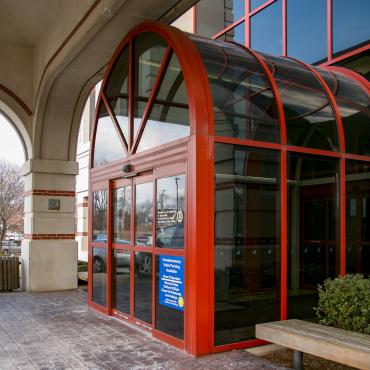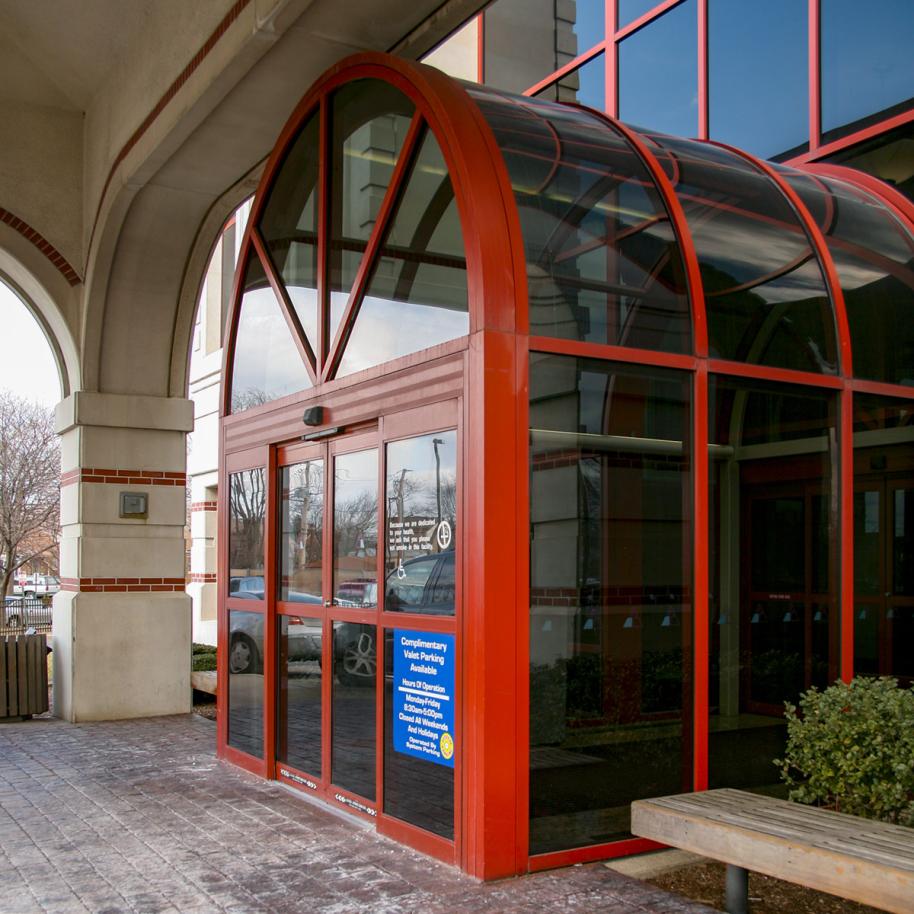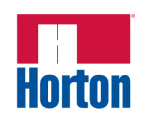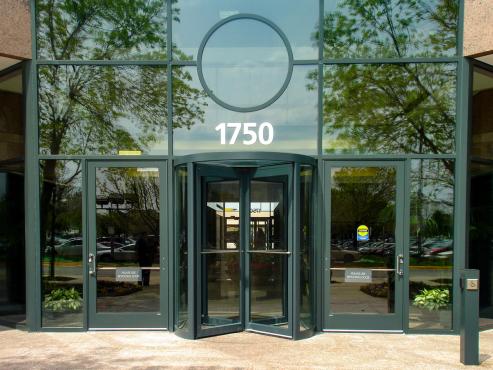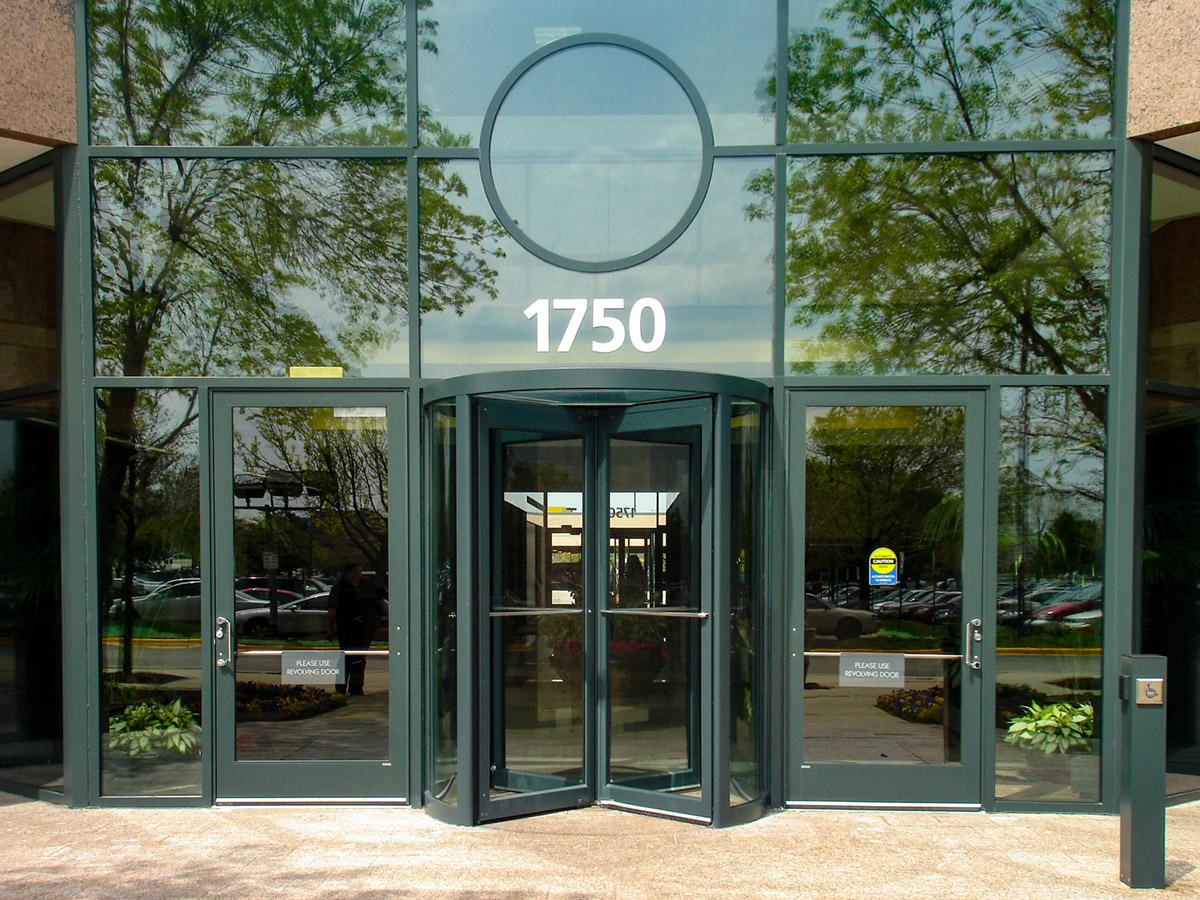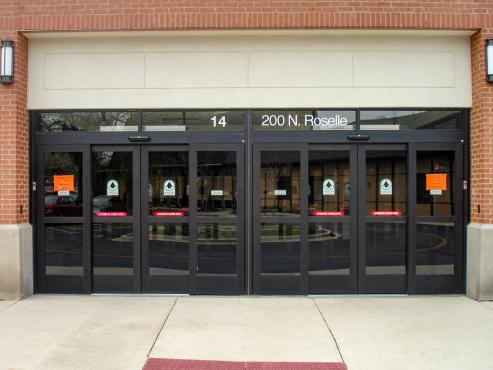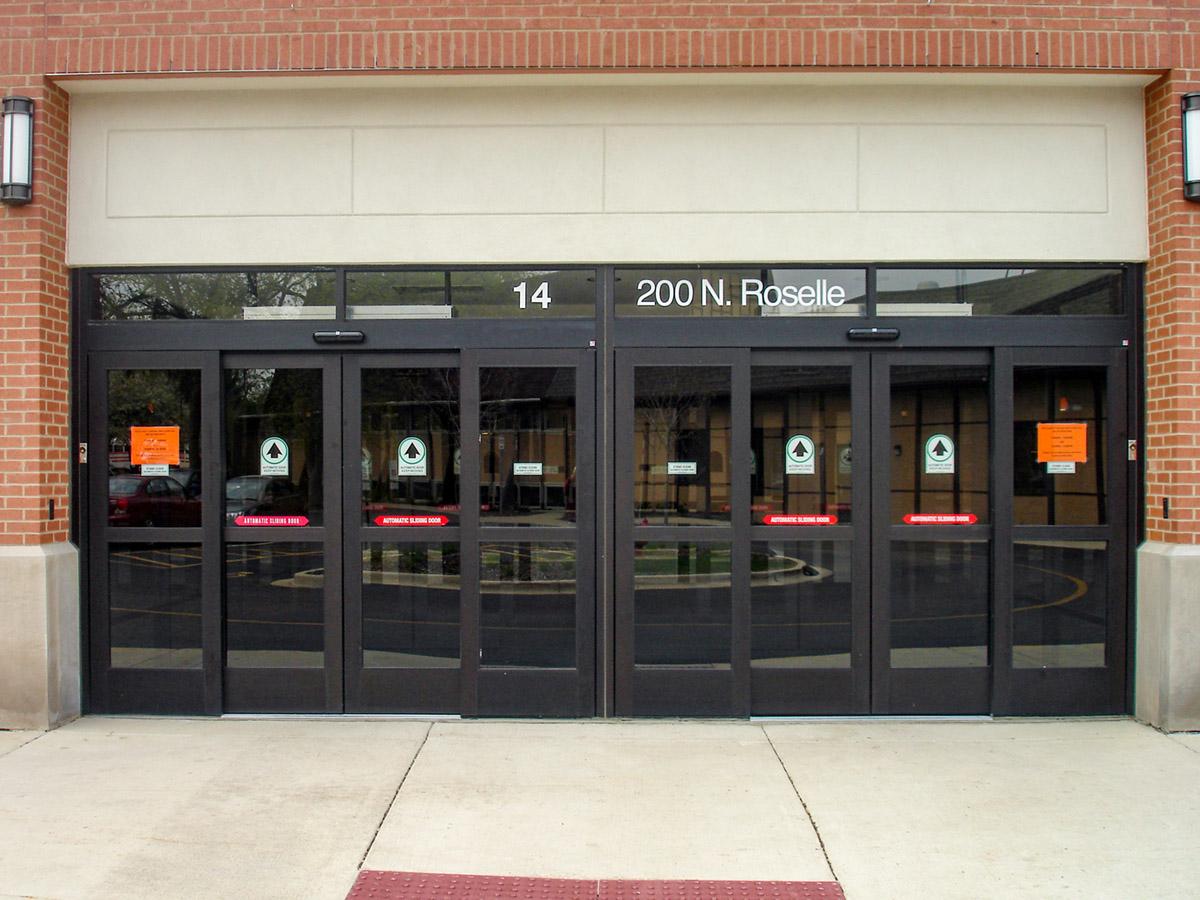
Take a look at the benefits of a superior Class 1 anodize finish
Most aren’t aware that Horton aluminum doors come standard with a Class I anodize finish. This is a premium finish for which other door manufacturers charge an average of $250/panel when specified. Using an apples-to-apples comparison, Horton is substantially lower than its competitors.
Class I and Class II Anodize Coating
Let’s take a closer look at the superior Class 1 anodize coating and how it compares with Class II in these four categories:
- Thickness. Class I and Class II are designations created by the Aluminum Association for the purpose of codifying the specification of anodized aluminum. Class I coatings have a mil thickness of 0.7 (18 microns) or greater. Class II coatings have a minimum mil thickness of 0.4 (10 microns).
- Performance. Class I coatings are high-performance anodic finishes used primarily for exterior building products and on other products that must withstand continuous outdoor exposure or heavy use. Class I anodize is more resistant to salt spray in coastal regions, and it is more durable in high-traffic areas.
- Durability. A Class II coating is a commercial anodic finish recommended for interior applications or light exterior applications receiving regularly scheduled cleaning and maintenance, such as storefronts. Class II anodize is not as durable or wear-resistant as a Class I finish.
- Class vs. Type. Class I and Class II coatings should not be confused with Type I, Type II and Type III anodic coatings as described in the authoritative anodizing standard, MIL-A-8625. Type I anodize refers to chromic acid anodizing. Type II is normal “clear” sulfuric acid anodizing. Type III is “hardcoat” using sulfuric acid or mixed chemistry electrolytes.
To learn more about the performance advantages and cost savings associated with our aluminum doors featuring Class 1 anodize coatings, contact your local Horton distributor.
What Does Anodize Mean?
Anodizing is an electromechanical process that converts the metal surface into a decorative, durable, corrosion-resistant, anodic oxide finish. Aluminum is ideally suited to anodizing, although other nonferrous metals, such as magnesium and titanium, also can be anodized.
Anodizing ensures a part can resist corrosion and wear and tear from prolonged use, and that it retains its cosmetic appearance under any conditions. In many cases, manufacturers send parts to a third-party service provider specialized in anodizing. But not Horton Automatics. Horton has the capability within its own manufacturing facility to anodize most of its aluminum doors.


